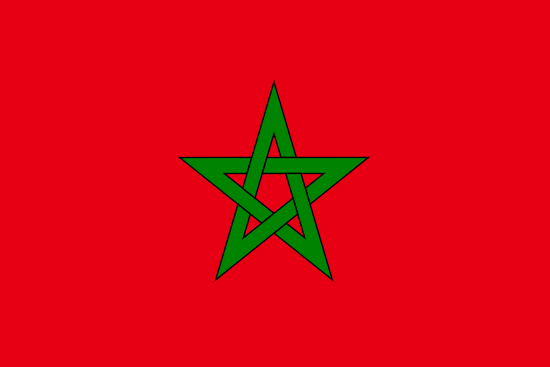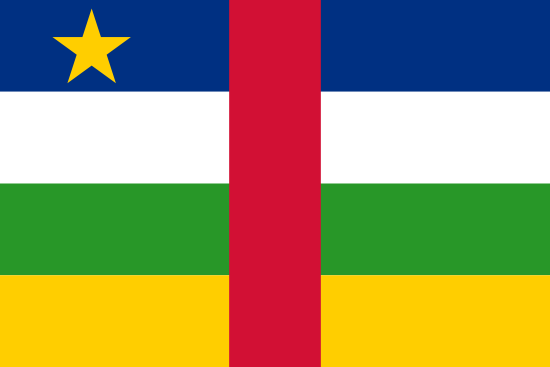Nigeria Population
Nigeria is inhabited by more than 250 ethnic groups which, differing in socio-cultural and economic development, coexist in precarious balance, the cause of a perennial state of tension. The most numerous and politically influential groups are the Haussa and the Yoruba, both Sudanese peoples, the Ibo, semibantu people, and the Fulbe, locally called Fulani; among the smaller groups there are the Kanuri (4%), settled in the basin of Lake Chad, the Ibibio (3.5%) and Tiv (2.5%). The Haussa and Fulbe (respectively 21% and 9% of the total) live in the northern territories: the former are farmers and ranchers, enterprising traders and skilled craftsmen; the others are dedicated to agriculture and, above all, to cattle breeding. The Ibos (13%), located in the delta area of Niger and in the south-eastern section of the country, are much more advanced in an economic-commercial sense and open to the influences of the Western world; similar characteristics have the Yoruba (21%) who, widespread in the south-western regions, make up the majority of the population of Lagos, where they are dedicated to commerce, the liberal professions and public administration.
According to PICKTRUE.COM, Nigeria is the most populous state in Africa, and includes more than one eighth of the continent’s population on 4% of its surface. The demographic increase, after the achievement of independence, remained around 3% for many years, causing a dizzying increase in the population, which almost quintupled in the six decades following 1950. Only after 2000 did the increase go lowering: it was just over 2% in 2008. The birth rate (37 ‰) remains very high, while mortality has dropped to 17 ‰. The average lifespan (46.5 years) denounces the precarious socio-economic conditions of the majority of the population, and the average official per capita income of $ 2,000 (at purchasing power parity) is scarcely significant, given the large existing imbalances.
The distribution of the residents varies considerably according to the regions, with the highest densities being recorded in the south-western states, where there are many important cities: the former capital, Lagos, and then Ibadan, Ogbmosho, Ilorin, Oshogbo etc .; outside this area, however, there are other various urban centers of a certain importance, among which, for economic importance, stand out Port Harcourt, in the delta area, and Kano, inside, almost on the border with the Niger. Overall, the urban population amounts to over 48% of the total, a very high percentage for Africa south of the Sahara ; it is a phenomenon that, already present at the arrival of the Europeans, has gradually accentuated and shows no signs of stopping. The urban agglomeration of Lagos, still the greatest economic center of the Nigeria and the most populous metropolis in Africa S of the Sahara, counted 10 million residents in 2007. The congestion of this monstrous conurbation, as well as economic-political reasons, was responsible for the transfer of the capital to Abuja (450,000 residents in 2003), built on the basis of a global urban planning project, almost in the center of the country.
The variety of the cultural framework is reflected in the large number of local languages (over 200) used alongside English (the official language), among which the dialects of the three dominant ethnic groups act as vehicular languages.
Islam (50%) prevails among the Arabized populations of the North and is also widespread among the Yoruba of the Southwest. Christianity (40%) is the most widespread religion in the southern regions, which have suffered most intensely from colonization. The growing diffusion of Islam is a source of strong religious contrasts, which are mixed, further aggravating them, with the aforementioned ethnic contrasts. Traditional animism (10%) finds followers above all in the central region.



